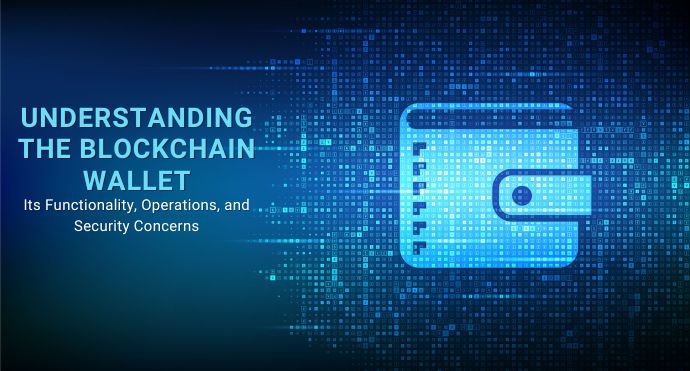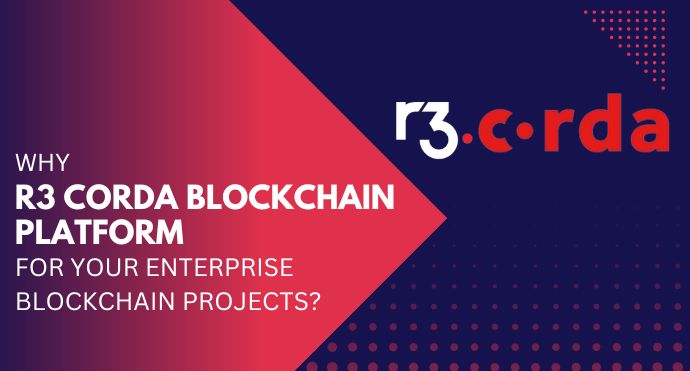Blockchain technology has revolutionized the way we perceive and conduct transactions in the digital world. At the heart of this transformative technology is the blockchain wallet. In this blog post, we will delve into the functionality, operations, and security concerns associated with blockchain wallets. Whether you’re a cryptocurrency enthusiast or a curious individual looking to understand this innovative technology, this article will provide you with valuable insights.
What is a Blockchain Wallet?
A blockchain wallet is a digital tool that allows users to store, manage, and interact with their cryptocurrencies securely. Unlike traditional wallets, which hold physical currency, blockchain wallets operate in a decentralized and trustless manner. They enable users to access, send, and receive cryptocurrencies through cryptographic keys and provide a user-friendly interface to interact with the blockchain network.
The functionality of a Blockchain Wallet:
a. Generating Cryptographic Keys: A blockchain wallet generates a pair of cryptographic keys – a public key and a private key. The public key acts as the address to receive funds, while the private key is essential for accessing and managing the funds associated with that address.
b. Managing Digital Assets: A blockchain wallet allows users to manage various cryptocurrencies by supporting multiple blockchain networks. It provides an overview of the user’s balance, transaction history, and the ability to send or receive funds to and from other wallet addresses.
c. Transaction Verification and Digital Signatures: When a user initiates a transaction, the blockchain wallet creates a digital signature using the private key to verify the authenticity of the transaction. The digital signature ensures that the transaction cannot be tampered with and provides a high level of security.
Operations of a Blockchain Wallet:
a. Wallet Types: There are different types of blockchain wallets, including software wallets (desktop, mobile, or web-based), hardware wallets (physical devices), and paper wallets (printed copies of keys). Each type offers varying levels of security and convenience.
b. Accessing the Blockchain Network: Blockchain wallets connect to the respective blockchain networks through nodes. These nodes enable wallet users to send transactions, query the blockchain, and synchronize their wallet balances.
c. Transaction Broadcasting and Confirmation: When a user initiates a transaction, the blockchain wallet broadcasts it to the network. Miners or validators then include the transaction in a block, and after a series of confirmations, the transaction is considered final and irreversible.
Security Concerns and Best Practices:
a. Private Key Protection: The security of a blockchain wallet primarily relies on safeguarding the private key. Users must employ strong passwords, enable two-factor authentication, and consider using hardware wallets for enhanced security.
b. Phishing and Malware Attacks: Users should be cautious of phishing attempts and avoid clicking on suspicious links or providing their wallet credentials on untrusted websites. Installing reputable security software and keeping it up to date helps mitigate malware risks.
c. Regular Software Updates: Keeping the blockchain wallet software up to date ensures that known security vulnerabilities are patched, reducing the chances of unauthorized access.
d. Backup and Recovery: Wallet users should regularly back up their private keys or wallet recovery phrases in secure offline locations. This precaution helps to restore access to funds in case of accidental loss or device failure.
Conclusion:
Blockchain wallets have revolutionized the way we manage and interact with digital assets. Understanding their functionality, operations, and security concerns is vital for safe and seamless participation in the world of cryptocurrencies. By following best practices and staying vigilant, users can mitigate potential risks and confidently embrace the benefits offered by blockchain wallets in the ever-evolving digital landscape.



